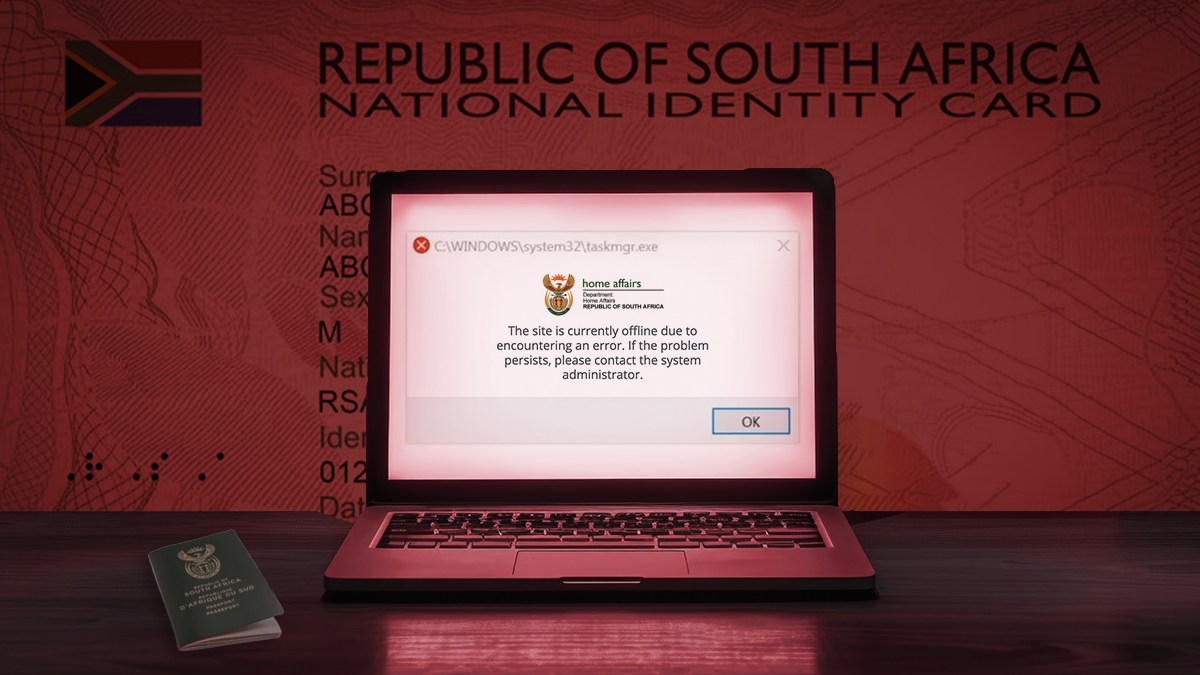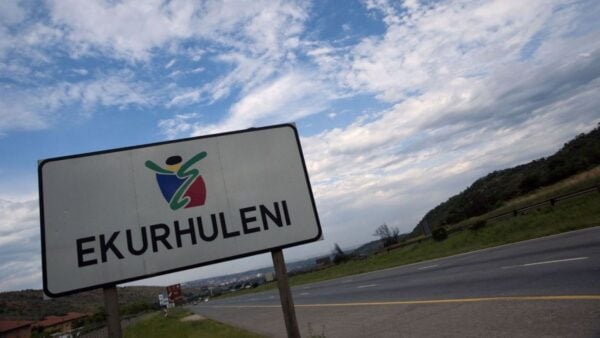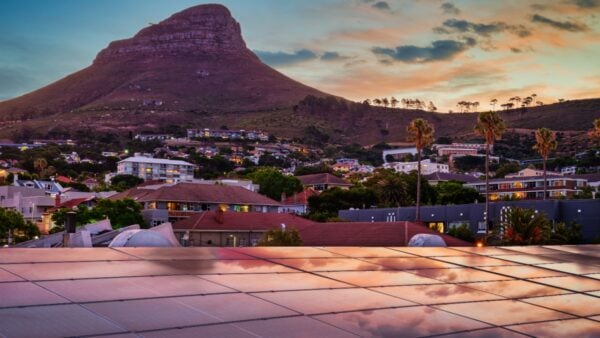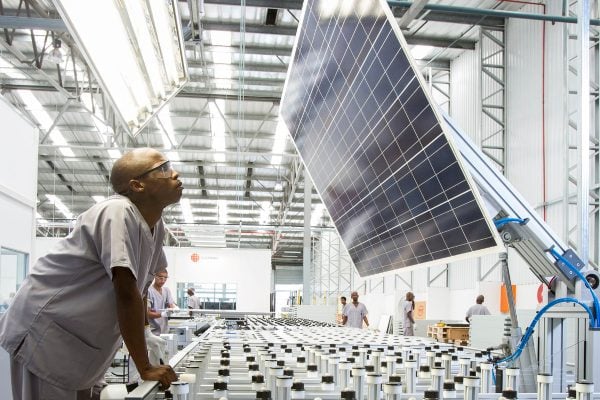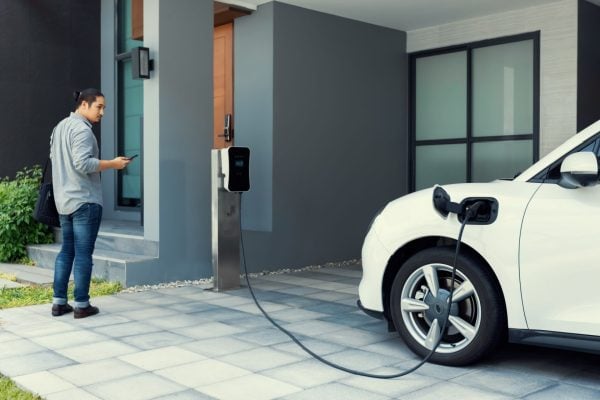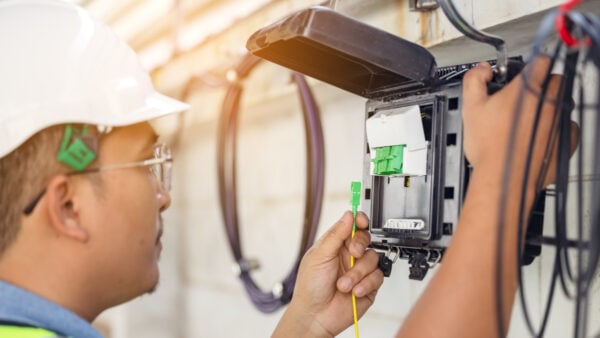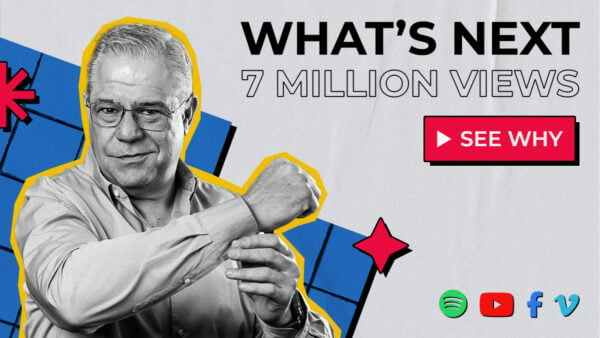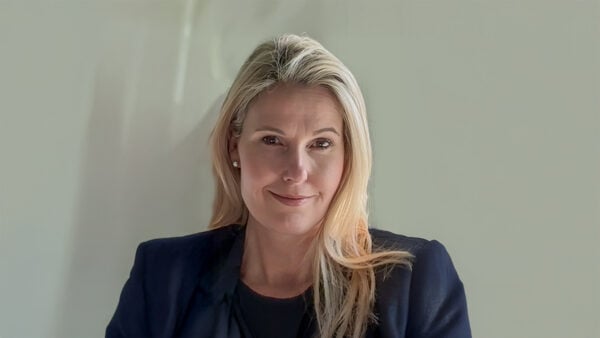Who to blame for mobile data prices being higher than they could be in South Africa

A veteran broadcasting journalist argues that the South African government should carry the main blame for the latest setback in the country’s disastrous digital migration.
The roughly 15-year delay in completing the transition from analogue to digital terrestrial television broadcasting is preventing the use of valuable low-frequency spectrum to improve cellular connectivity.
It has also cost taxpayers over R1.23 billion in “dual illumination” fees, the cost of having both analogue and digital signals functioning in parallel in the past decade.
The Pretoria High Court recently interdicted the government and signal distributor Sentech from proceeding with completing the analogue switch-off that was set to happen on 31 March 2025.
It also barred communications and digital technologies minister Solly Malatsi from taking further steps to advance the analogue switch-off.
The order came after an application from broadcaster eMedia, joined by Media Monitoring Africa and the SOS Coalition.
The parties argued that the planned switch-off of the last 174 analogue transmitters in the four most populous provinces would leave about 4.5 million households unable to watch television broadcasts.
The failure to move to digital broadcasting leaves a valuable radio frequency spectrum that could play an invaluable role in increasing affordable broadband connectivity occupied by analogue transmissions.
Low spectrum availability is one of the major challenges confronting local mobile networks.
While the country’s first spectrum auction in 2022 already helped immensely on this front, cellular networks are keen to grab more of this resource to improve their network capacity and speeds.
As it stands, networks must carefully weigh pricing strategies to avoid overloading their infrastructure with demand.
Some sceptics argue that eMedia’s court action has nothing to do with protecting the rights of indigent households.
Therefore, eMedia’s motivation is protecting its own commercial interests, not altruism. It is holding back the digital migration and keeping mobile data prices high to protect its own bottom line.

Veteran broadcasting journalist Thinus Ferreira told MyBroadband that the broadcaster’s actions were certainly driven by its commercial interest to protect its ratings and viewership.
However, in this instance, that interest aligned strongly with the public interest.
“They are definitely acting in the public interest as far as broadcasting is concerned,” Ferreira said.
“Roughly 67% of South Africa’s total TV audience live in the remaining four provinces of Gauteng, Western Cape, KwaZulu-Natal and the Eastern Cape where analogue TV transmission has not been switched off.”
“There really are millions of viewers who still watch analogue television in South Africa.”
Ferreira maintained the SABC’s drastic drop in viewership in the last few years was not due to migration to other platforms but because the government switched off analogue transmitters in the other five provinces.
“In 2008, the SABC had 66% of South Africa’s overall TV market share. It’s now down to 22%,” he said.
“Almost half of this loss happened in just the last few years when the government and Sentech switched off analogue signals.”
“If the less populous provinces had this effect on just the SABC, it’s clear that ‘wiping out’ the other four provinces will further inflict massive damage on the SABC, E-tv and community TV stations.”
No alternatives for the poorest
Ferreira said that many poor South Africans could not afford to switch to digital TV equipment or Internet-based streaming as an alternative.
“When a shack dweller who has a TV with bunny ears hanging close to the window loses that signal and can no longer watch Generations on SABC 1, they won’t switch to streaming,” he said.
“They’re reduced to no option, similar to how when a school in a rural area closes, the child simply no longer goes to school since the nearest one is now too far away.”
To account for the affordability issue, the communications department has handed out and installed more than 1.25 million free set-top boxes (STBs) since 2015.
Only households with a monthly income of less than R3,500 qualify for this.
In a March 2022 order, the Pretoria High Court found that the government had done enough to help poor households get subsidised STBs.
“It is in the interest of the country, the economy, and for South Africans in general that the digital migration be finalised,” the ruling stated.
In addition, very few TV sets in South Africa have been sold without built-in digital tuners in the past decade, further increasing the penetration of the technology.
However, those opposing the analogue switch-off at this stage argue there is a “missing middle” who earn more than the maximum monthly income for indigent households but make too little to afford digital or satellite TV products.
Ferreira argues that the list of households which qualify for the STBs is also outdated.
“The numbers the government provide is just those poor households they know of, and even that they haven’t yet all done an installation for and given an STB.”
The Independent Communications Authority of South Africa’s Review of Digital Migration Regulations also found that many of the government-provided STBs had become faulty in recent years and may no longer meet current technological requirements due to a lack of updates.
Ferreira said the government’s “fail forward” approach would continue until it started talking to broadcasters and stakeholders and realised that doing the same thing and expecting different results was madness.
“For more than 15 years the government has kept messing up a badly managed process. Even digital TV has become obsolete and has been eclipsed by satellite and streaming,” he said.
According to Ferreira, the broadcasters participating in the court action would love to see an end to the “utterly messed-up” process.
The analogue switch-off will remain suspended pending a full court hearing on the merits of eMedia’s case.
The decision is likely to provide legal guidance on the best way forward for an all-inclusive digital migration.

